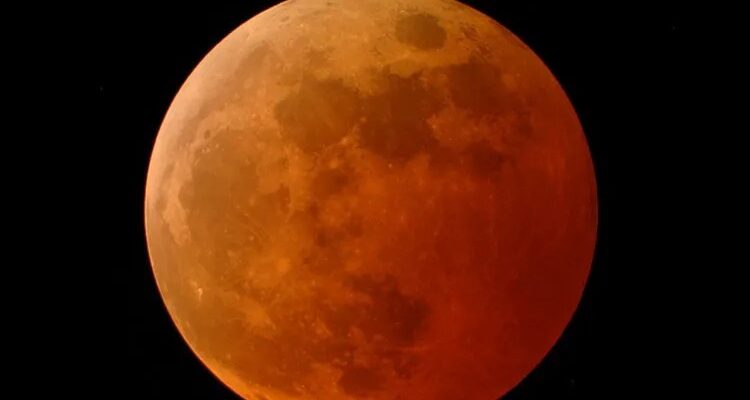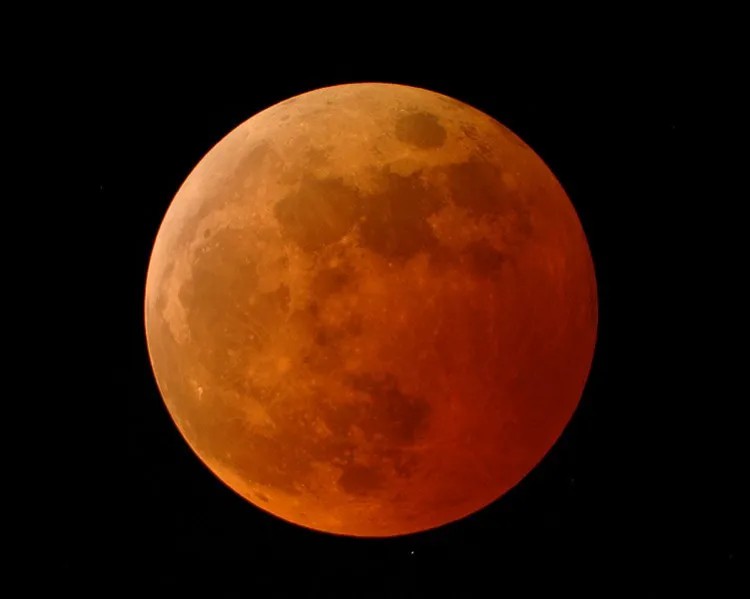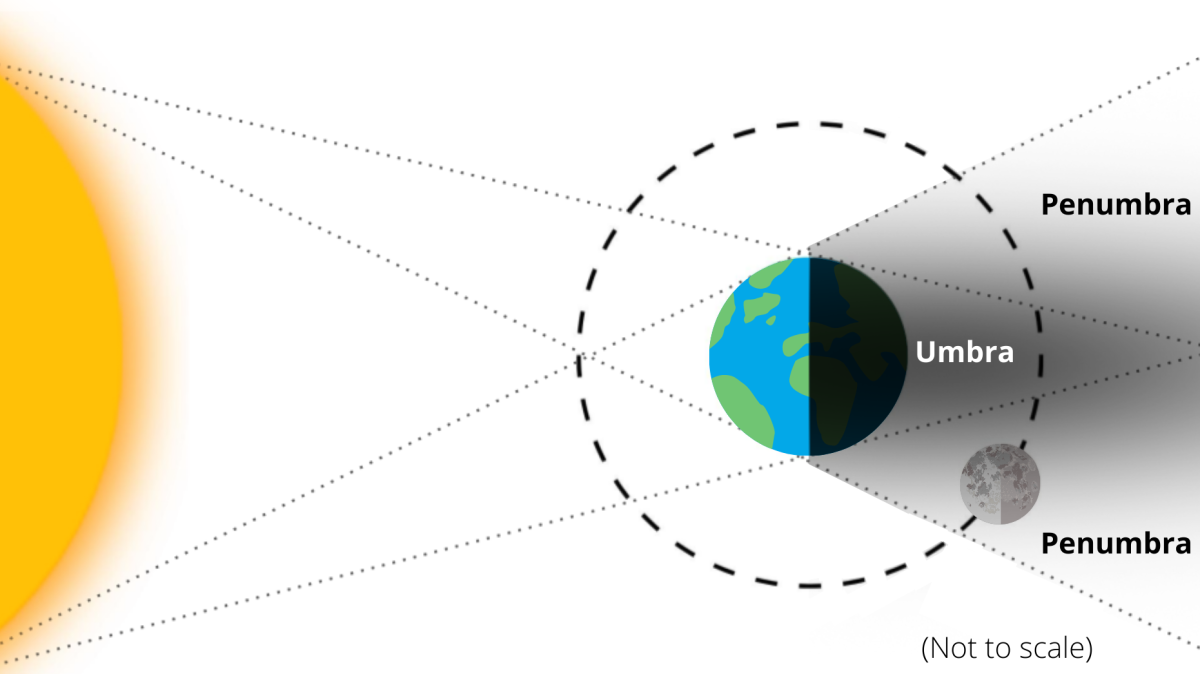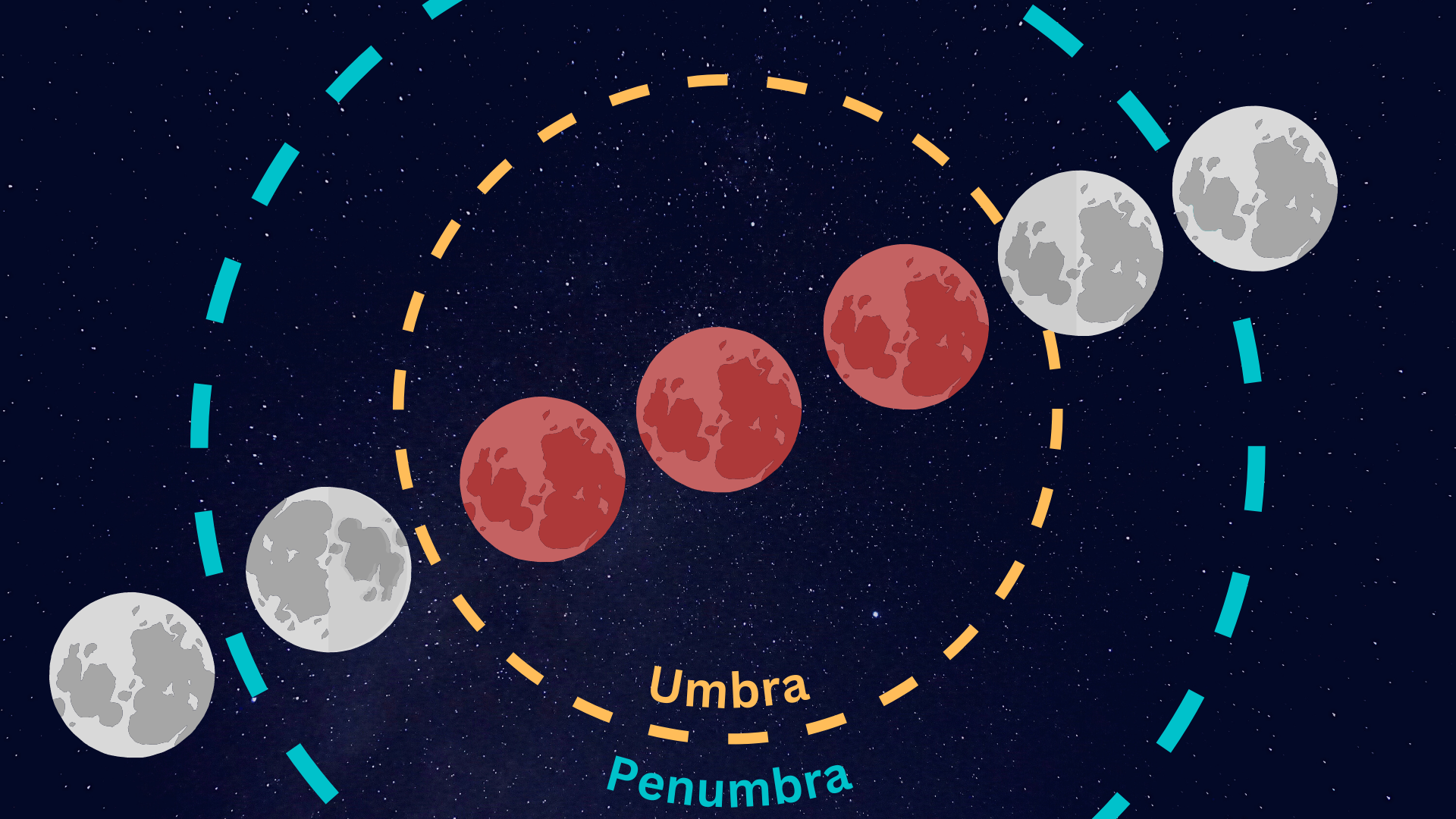Blood Moon lunar eclipse with Uranus,November 8,you can not miss the astronomical wonders!

The second total lunar eclipse of 2022 will take place on November 8, 2022. And during the total lunar eclipse, three major astronomical wonders, the blood moon and the moon meet Uranus in lunar occultation, will appear together.
The eclipse will be visible from parts of North and South America, Asia, Australia and New Zealand.

Blood Moon by NASA

Blood Moon eclipse with SLS
About the lunar eclipse
A lunar eclipse occurs when the Moon enters the Earth’s shadow. This usually happens two or three times a year due to the slight tilt of the Earth’s and the Moon’s orbits towards each other. Depending on how it occurs, you may see a penumbral lunar eclipse, a partial lunar eclipse, or a total lunar eclipse.
A penumbral lunar eclipse occurs when the Moon enters the Earth’s lighter shadow. This type of lunar eclipse is sometimes difficult to see because the moon only becomes slightly darker.

Schematic diagram of the Earth’s penumbra and penumbra ranges
During this total lunar eclipse. The total lunar eclipse will be visible in most areas, while only partial lunar eclipses will be visible in Iceland, parts of South America, South and Central Asia, and Russia, and only penumbral lunar eclipses will be visible in eastern Brazil, Argentina, northern Scandinavia, and the Middle East.

Lunar Eclipse Viewing Map
Because the Earth is four times larger in diameter than the Moon and its shadow is wider, lunar eclipses can often last for more than an hour.
About the Blood Moon
When sunlight reaches the Earth, our atmosphere scatters and filters different wavelengths. Shorter wavelengths of light, such as blue light, are scattered outward, while longer wavelengths of light, such as red light, are bent or refracted toward the Earth’s home shadow. During a total lunar eclipse, some of the sunlight passes through the Earth’s atmosphere, filtering out most of the blue light and leaving only the red light, giving the moon a coppery red color, known as the “blood moon”. The more dust or clouds in the Earth’s atmosphere during a lunar eclipse, the redder the moon will be.
NASA scientists say, “During a total lunar eclipse, the moon takes on a golden, orange or red shape depending on how much dust, water and other particulate matter is in Earth’s atmosphere.” Other atmospheric factors, such as temperature and humidity, also affect the appearance of the moon during a lunar eclipse.

Diagram of the appearance of the blood moon
In contrast, the moon only becomes slightly darker during penumbral lunar eclipses and does not turn red.
About Uranus
Uranus will briefly disappear from the night sky as the moon passes in front of this distant and faint icy giant. The event is known to astronomers as a lunar eclipse of Uranus, and it will be visible in parts of North America and Asia.

Uranus photographed by Voyager 2
Epilogue
This will be the second and final lunar eclipse of 2022. two more lunar eclipses will occur in 2023, although they may not be as spectacular as this one. The first lunar eclipse will occur on May 5-6, 2023 and will be visible in southern and eastern Europe, Antarctica, much of Asia, Australia, Africa, and the Pacific, Indian and Atlantic Oceans.
The second lunar eclipse will occur on October 28-29, 2023, and will be observable in Europe, Asia, Australia, Africa, North America, northern and eastern South America, the Arctic, Antarctica, and parts of the Pacific, Atlantic, and Indian Oceans.
Reference:











so cool